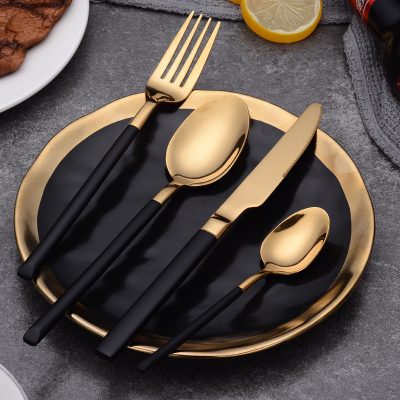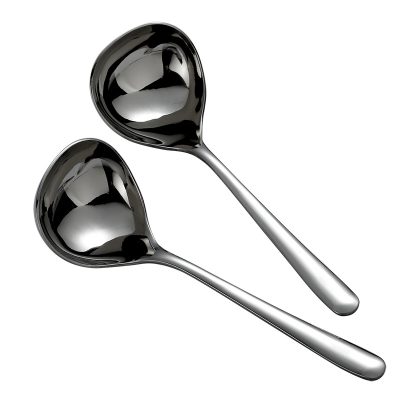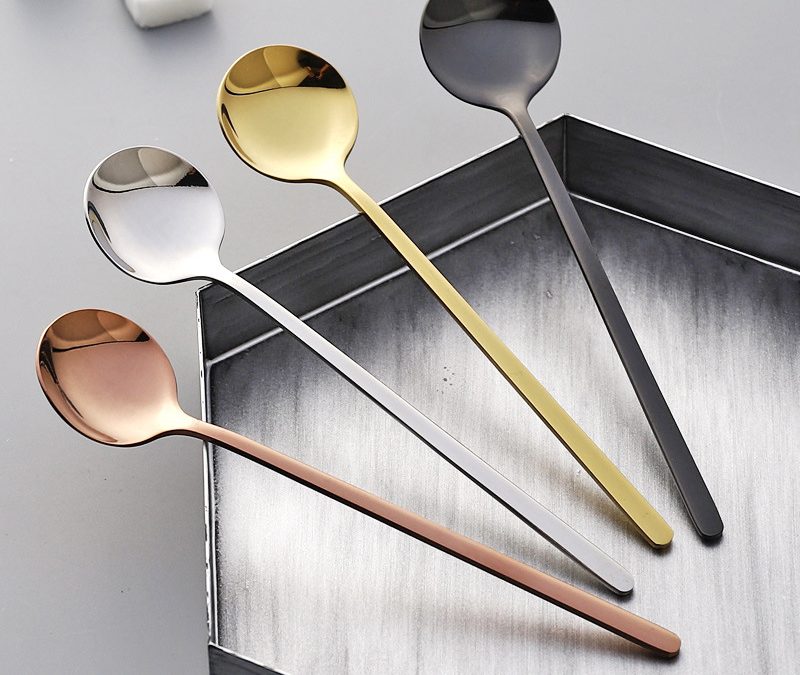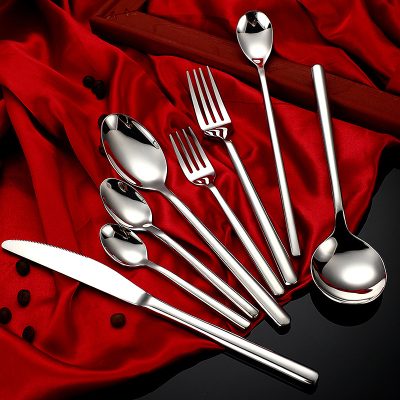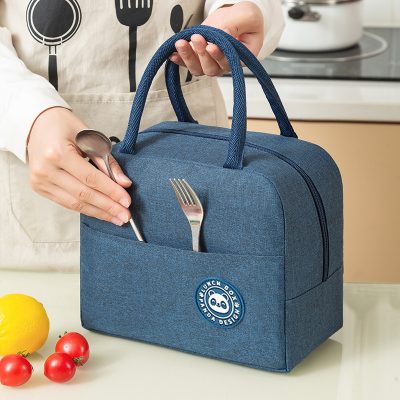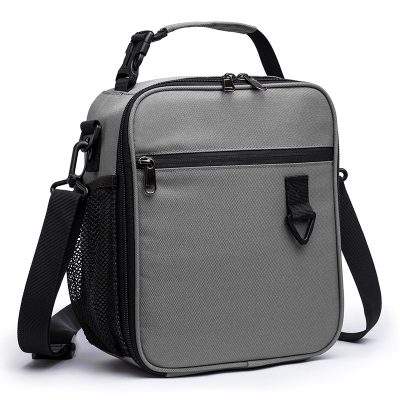- Contact us now!
- +86 18868944843
- been@thingegr.com
What material is used in the environmentally friendly lunch box
Now everyone attaches great importance to environmental protection. With the prevalence of takeaway, the demand for lunch boxes is also increasing. The materials used in environmentally friendly lunch boxes are harmless to the human body, and the production process does not pollute the environment. The product quality fully meets the national food hygiene requirements. After the product is used up, it has the characteristics of easy recycling, easy disposal or easy consumption. So, what material is used in the environmentally friendly lunch box?
1. Carton
Paper is a familiar class of material. “Replacing plastic with paper” has naturally become the first solution that people think of. Using paper instead of plastic technology, pulp is used as raw material, which is molded in a mold and dried to produce disposable lunch boxes.
Advantages: The lunch box made by this method is dubbed the title of “environmental protection product” because of its advantages of non-toxic, harmless, easy to recycle, recyclable, and degradable. It is an alternative technology with better comprehensive evaluation at present.
2. Degradable plastic lunch box
The raw material of this kind of lunch box is degradable plastic. The so-called degradable plastic is to add a certain amount of additives in the production process of plastic, such as photosensitizer, starch and other raw materials.
Advantages: After being used and exposed to nature for three months, degradable plastic products can be decomposed into fragments from a complete shape, thus improving the environment at least visually. Disadvantages: The disadvantage of this technology is that these fragments cannot continue to degrade, but become small pieces of plastic from large pieces, which cannot be fundamentally qualified for the task of eliminating white pollution.
3. Plant fiber lunch box
This technology uses plant fibers, such as straw, straw, bagasse, etc., to be crushed to obtain fiber powder, then mixed with a certain amount of glue or resin, and then injected into the mold to form under high pressure and high temperature.
Advantages: The products produced by this technology have better degradability and rich sources of raw materials.
